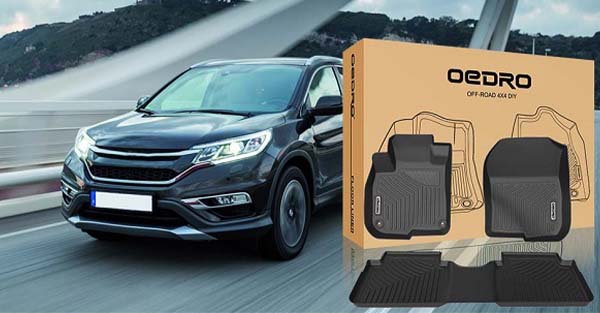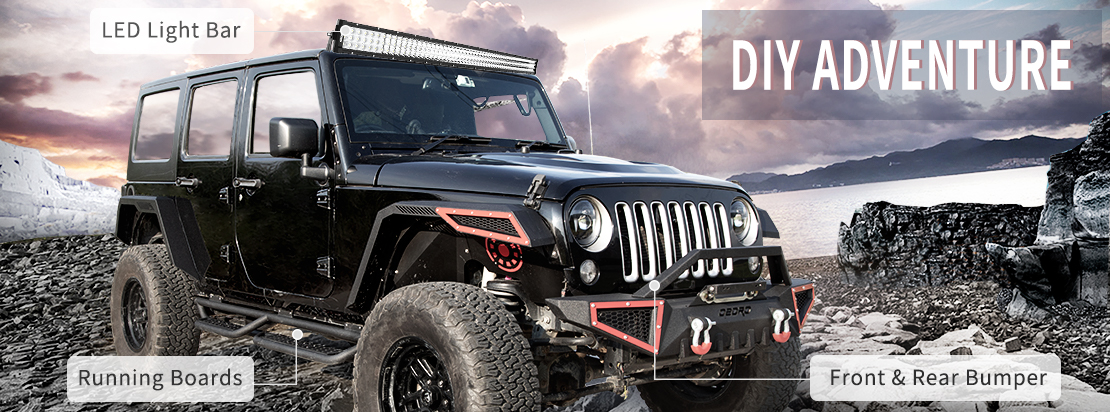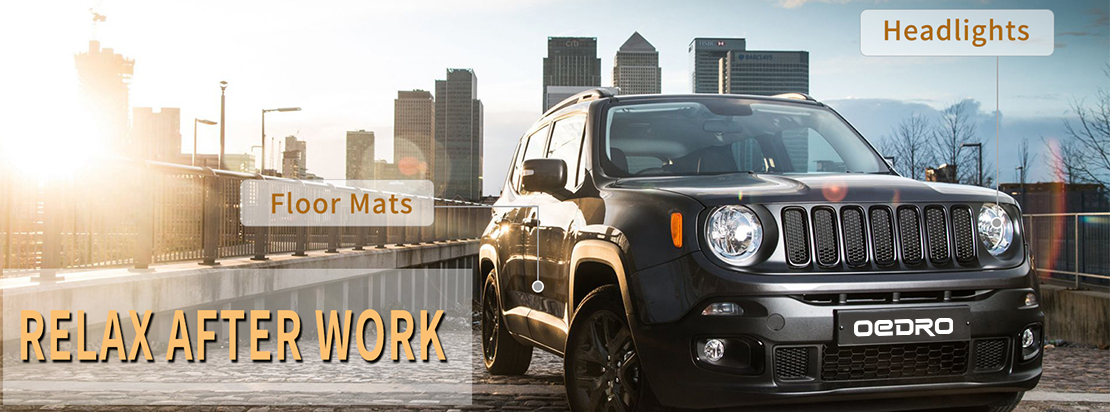3D Scanning Technology - OEDRO Floor Mats

The use of 3D laser scanning technology has been on the rise with its applications in technology, automotive, healthcare, construction, architecture, and materials industry delivering cutting-edge solutions. Its use is specifically notable in the automotive industry where the 3D scanners are being used to laser measure car floor mats for the front, rear and cargo sections in different vehicles for precise measurements and the best fit. OEDRO floor mats are an excellent example of this tech. OEDRO products are specially curated using unique precision digital laser scanning to provide protection for footwear and an accurate lining for the interior carpet of your car.
Before you understand how this 3d laser scanning technology for floor mats works, it’s better to grab a limpid understanding of the technology and the benefits associated with it.
3D Laser Scanning Technology
3D Laser Scanning Technology allows the delivery of real, life-like images of a specific object like a piece of land, an existing building, or a floor mat to make well-informed calculations and designs. Technically, laser scanning technology entails a combination of regulated steering of laser beams and precise measurements of distance. The scanning motion is controlled by using a rotary encoder that adjusts various scanning mirrors to guide the laser beams.
In 3D scanning technology, the positioning of the laser beam is highly important for high-accuracy measurements. Keeping the beams within two dimensions can be done by either rotating a single mirror along two axes or reflecting the laser beams onto two closely spaced mirrors that are perched on orthogonal axes for even faster scanning. With this technology, the laser beams can also be positioned in a three-dimensional pattern by using a focus- or Z-shifter which is primarily a servo-controlled lens system.
Application
The 3D scanners are increasingly being used in high accuracy applications in the aerospace, automotive, and chemical industry for quality control of manufacturing, reverse engineering, and inspection. The most important features of a 3d scanner that enable precise accuracy and a perfect fit in the manufacturing of products like floor mats are speed, accuracy, and portability. These attributes are also ranked high and considered vital by most metrology professionals. Through a process called alignment or registration, these scanners can be used to assimilate multiple scans together into a common reference system in situations where a single scan may not be enough to produce a complete model of a particular product.
The 3d scanning technology makes use of the core concept of laser scanning which uses time-of-flight that allows precise floor mat models. Time of flight makes use of a laser range-finder to gauge timing for the round trip of a light pulse traveling from the scanner to the entity/object and then back again. As the speed of light is constant, the distance between the scanner and the object can be measured by calculating the time it takes for the light pulse to travel back to the scanner.
Advantages
High-speed 3D scanners are used to produce front and rear mats for vehicles that line the internal flooring of your vehicle accurately. These are environment-friendly, odorless, and come equipped with a weather-protected composition that is appropriate for use in different weather conditions like fog, snow, and rain, etc. Using 3d laser scanning technology to precisely measure the dimensions of the floor mat allows the vendor to reduce costs and enhance the quality of the production process while meeting customer expectations of quality, durability, and design. Additionally, the use of 3D scanners entails the following benefits:
- Accurate measurements for car floor mats
- Perfect-fit for the interior carpet for a great look
- Reduced Rework
- Lower production costs
- Real-time models generated based on calculated dimensions

3D Laser Scanning Technology in OEDRO Floor Mats (Perfect fit)
The dimensions of the floor mat are calculated and fed into the computer application that processes the data to generate a perfect fit of a pattern best for the automobile surface. The technology uses the time of flight and triangulation to optimize the design and pattern of the floor mat so that it best meets the measurements of the internal floor of the vehicle. Depending on the type of car or automobile surface being measured for a floor mat design, OEDRO floor matsmay choose simple and compact handheld 3d scanners to larger and refined high-tech versions for the best results. Using a small scanner, it’s easier to measure the tight confines of a vehicle’s floor while a high-end scanner may be required for large automobiles like trucks and cargo drives or in scenarios where the sturdiness of the casing is vital consideration.
OEDRO’s process through which the 3d laser scanning technology leads to a perfect fit for car floor mats is detailed below
OEDRO floor mats highlight
- The car interior is first scanned to determine the exact measurements of the floor mat using a 3D laser scanner best suited for the particular situation
- The focus is on gathering the best measurements that would provide a perfect fit for the mat, so a total of 5-6 scans are performed from various angles to evaluate the best dimensions. The average scan time is around 15 minutes.
- The amount of time spent on scanning will depend on the automobile surface and upholstery material. Bright interiors are quick and easy to scan compared to digitizing dark and crisp surfaces that usually take longer.
- About 19-20 scans are done in order to get a high-quality model of a trunk interior and the scanning time is about 30 minutes.
- Gathered data is fed into 3D laser scanners and the model is then exported in a commonly used format to be used as a template for illustrations in other software applications.
- A CNC then generates a semi-finished matrix using Medium Density Fiberboard (MDF) that is further processed until this semi-finished material is ready for the next step
- The next step is known as forming. A special device is used to vacuum-form a polymer sheet which is used to create the final product.




.jpg)
